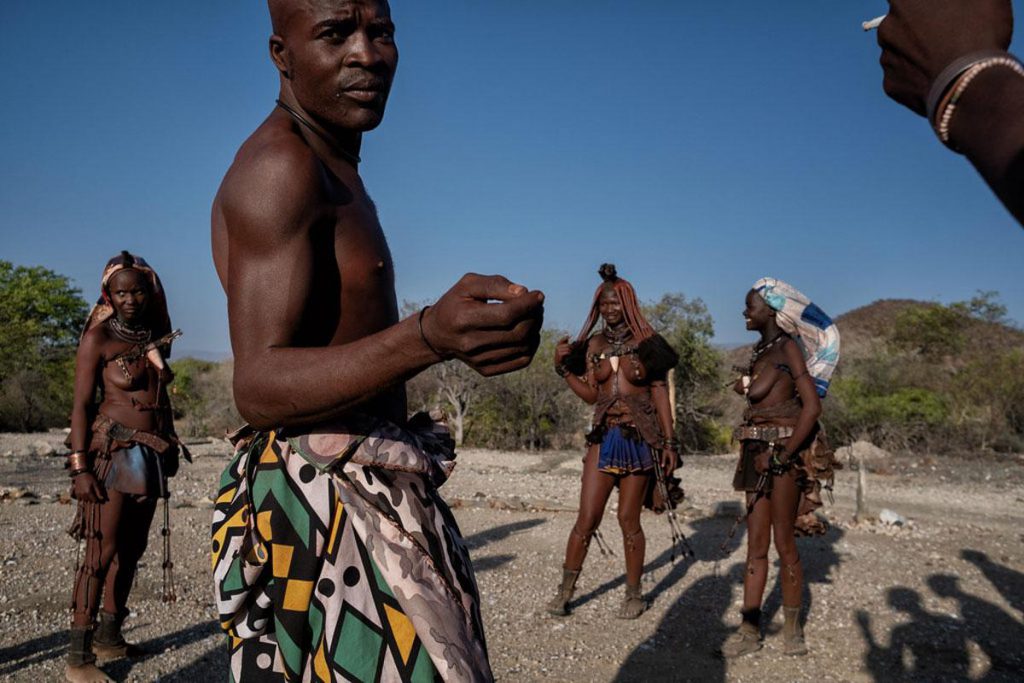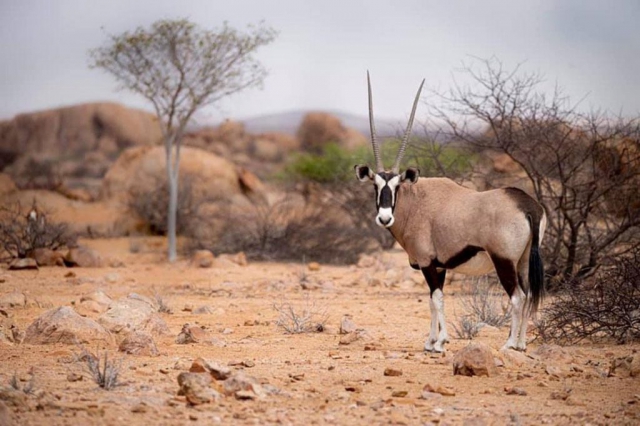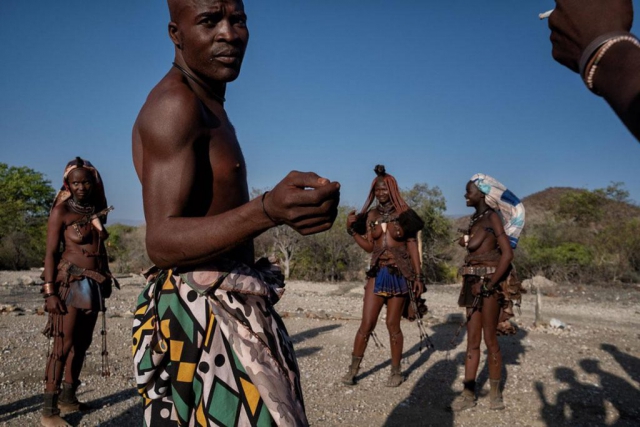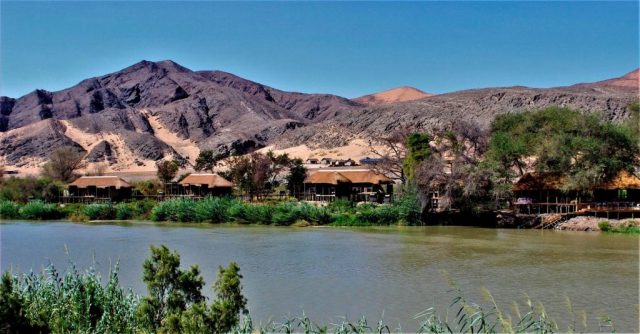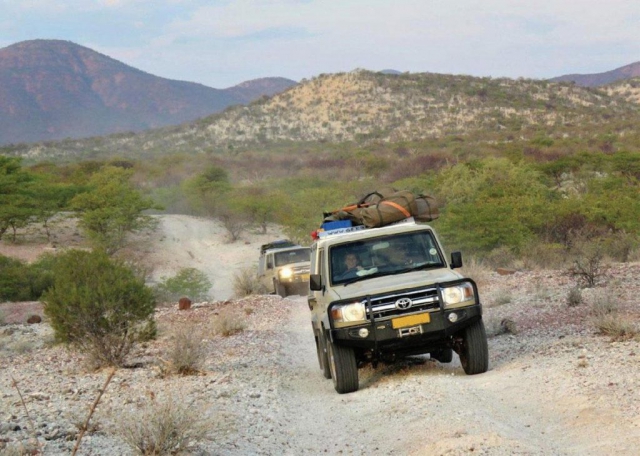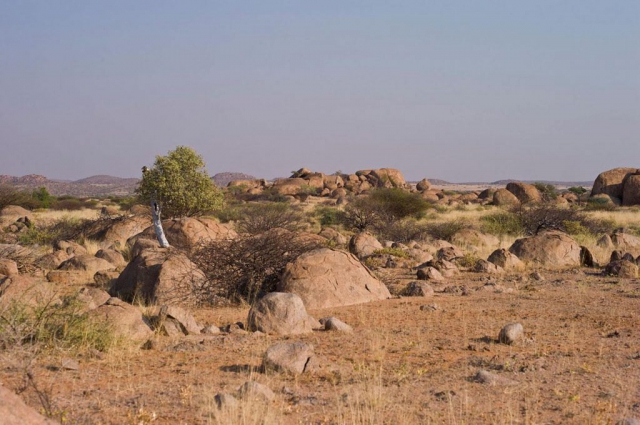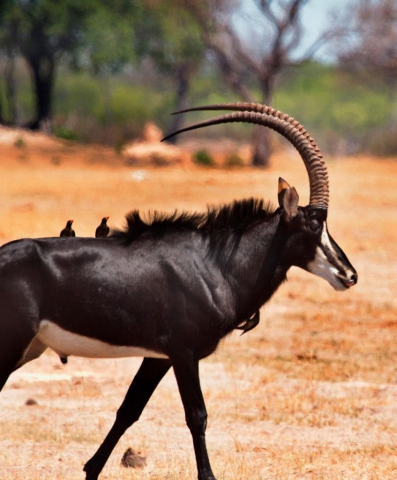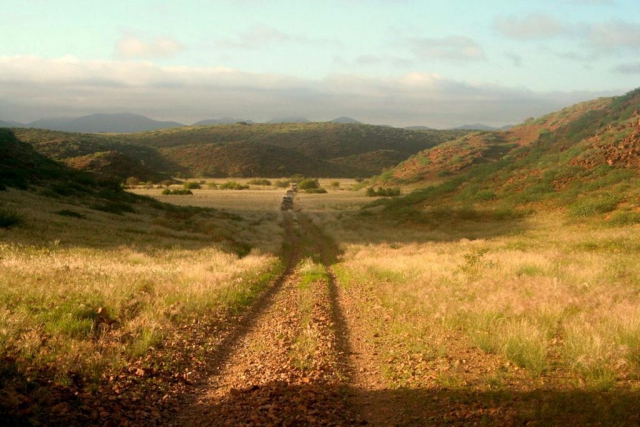Content
- 1 History of Iona National Park
- 2 Location and How to Get There
- 3 Geographical Aspects
- 4 Flora of Iona National Park
- 5 Fauna of Iona National Park
- 6 Activities in Iona National Park
- 7 Accommodation and Services in the Park
- 8 Cultural and Social Importance of the Park
- 9 Challenges and Conservation Efforts
- 10 The Future of Iona National Park
- 11 Photo Gallery
Iona National Park (Portuguese: Parque Nacional de Iona) is a gem in the crown of Angola, offering visitors a glimpse of the region’s natural beauty and ecological diversity.
History of Iona National Park
Established in 1937, the park has played a vital role in the protection and preservation of Angola’s unique wildlife.
Location and How to Get There
Located in the southwest of Angola, in the Namibe province, Iona National Park is accessible both by road and air, with a small airport nearby in the city of Namibe.
Geographical Aspects
Iona National Park covers an extensive area of 15,150 km², encompassing a variety of landscapes from arid deserts to savannas.
Climate
The climate is predominantly desert-like, with high temperatures during the day and cooler nights.
Geology and Topography
The park is characterized by its diverse geology, with sand dunes, rocky plateaus, and savanna areas.
Ecosystems: The Desert, Savanna, and Coastal
The three main ecosystems within the park include the desert region, the savanna plains, and the coastal areas, each harboring its own diversity of flora and fauna.
Flora of Iona National Park
The vegetation in the park is typically xerophytic, adapted to the arid conditions of the desert and savanna.
Indigenous Species
The park is home to a variety of indigenous species, including the welwitschia, a unique desert plant that can live up to 2,000 years.
Endemic Species
There are several endemic species in the park, which are unique to this region of Angola.
Flora Conservation Areas
Iona National Park has several flora conservation areas where rare and endemic species are protected.
Fauna of Iona National Park
The park hosts a rich variety of wildlife, from mammals and birds to reptiles and amphibians.
Important and Characteristic Mammals
Notable mammals include the mountain zebra, oryx, and springbok.
Birds and Reptiles
The park also harbors various bird and reptile species, including migratory birds and venomous snakes.
Wildlife Conservation
Conservation efforts are underway to protect threatened species within the park.
Activities in Iona National Park
There are several activities available for visitors, from photographic safaris and hiking to birdwatching.
Hiking and Guided Trails
Hiking trails are available, some with local guides who can provide detailed information about the park’s flora and fauna.
Birdwatching
Birdwatching is a popular activity in the park, with a variety of native and migratory bird species to observe.
Photographic Safari
Photographic safaris allow visitors to capture stunning images of the park’s wildlife and landscapes.
Accommodation and Services in the Park
There is a variety of accommodation options in and near the park, from campsites to luxury lodges.
Campsites and Lodges
The park offers several campsites and lodges, some with amenities such as restaurants and swimming pools.
Rules and Recommendations
To protect the park’s natural beauty, visitors are urged to follow the park rules, such as not littering and respecting wildlife.
Iona National Park is important not only for its biodiversity but also for its cultural and social value.
Local Communities and Socioeconomic Impact
The park plays a significant role in the local economy, providing employment opportunities and promoting tourism.
The Park in Angolan Culture
The park is a symbol of Angola’s rich biodiversity and holds a prominent place in the country’s cultural identity.
Challenges and Conservation Efforts
Iona National Park faces various challenges, from climate change to poaching.
Threats to Biodiversity
The main threats to the park’s biodiversity include climate change, poaching, and habitat loss.
Current Conservation and Restoration Projects
Several conservation and restoration projects are underway to protect and preserve the park’s unique biodiversity.
The Future of Iona National Park
Despite the challenges, the future of Iona National Park looks promising thanks to ongoing conservation efforts.
Planning and Future Development Projects
Focused on sustainable development, future plans for the park include expanding tourism infrastructure. New accommodation facilities are planned to be built, and existing ones will be improved, all while ensuring minimal impact on the natural ecosystem.
Moreover, there is a strong inclination towards implementing habitat restoration projects. These projects aim to restore damaged areas of native flora and fauna, thus ensuring the long-term health of the ecosystems within the park. Special attention is being given to creating safe zones for threatened and endangered species.
A key part of these future plans also involves working closely with local communities. Efforts are underway to ensure that local communities are involved in these development projects and benefit from them. This not only helps ensure local support for conservation efforts but also contributes to the socio-economic development of the region.
The future of Iona National Park seems bright, with plans to preserve its unique biodiversity and promote sustainable tourism. At the same time, efforts are being made to ensure that the park continues to benefit local communities and contribute to Angola’s natural heritage.
